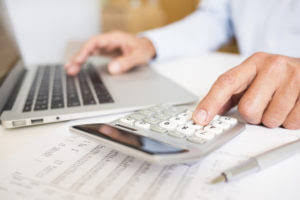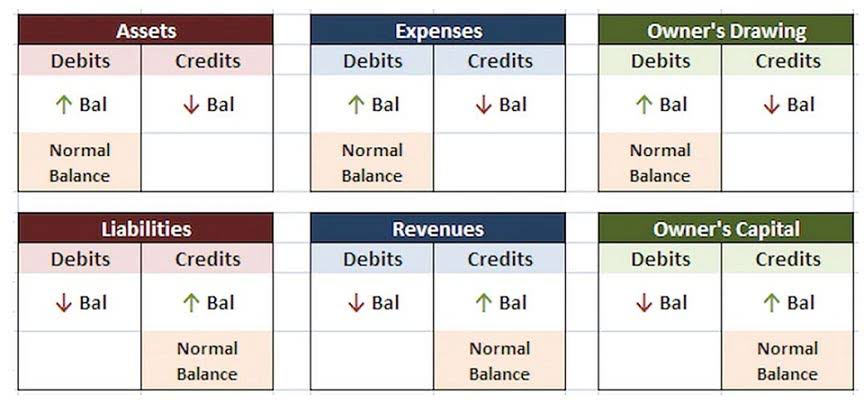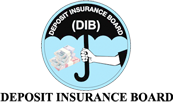A Classified Balance Sheet: Multiple Choice Randomly Groups Items Into Assets, Liabilities And Equity

The content on this website is provided “as is;” no representations are made that the content is error-free. And for correct posting, we debited the salaries expense account and credited the salaries payable account. LCRs are a tool used by governments in an effort to safeguard and advance domestic industry. The discounted cash flow (DCF) method is used to calculate the value of an investment based on its future cash flows. Any information, not paid for or controlled by the seller, about an individual, a product, or an organization that is distributed to the public through the media is called publicity.
Classified Balance Sheet vs Unclassified Balance Sheet Examples
However, decreasing order of liquidity will be used in GAAP US, and increasing order of liquidity is used in IFRS format. Based on the reporting, there are two accounting standards as underlined by IFRS and GAAP US. The Ascent is a Motley Fool service that rates and reviews essential products for your everyday money matters. With Taxfyle, your firm can access licensed CPAs and EAs who can prepare and review tax returns for your clients. When you’re a Pro, you’re able to pick up tax filing, consultation, and bookkeeping jobs on our platform while maintaining your flexibility. Knowing the right forms and documents to claim each credit and deduction is daunting.

What Is a Classified Balance Sheet, and Do You Need One for Your Business?
Non-current assets include items like property, plant, and equipment (PP&E), long-term investments, intangible assets, and long-term receivables. These are assets that are expected to be converted into cash or used up within one year from the balance sheet date. Common examples include cash, accounts receivable, inventory, and short-term investments. The classified balance sheet takes it one step further by classifying your three main components into smaller categories or classifications to provide additional financial information about your business.
- Non-current assets include items like property, plant, and equipment (PP&E), long-term investments, intangible assets, and long-term receivables.
- It is an essential tool for investors, creditors, and management to make informed decisions about the company’s financial position and performance.
- Unclassified balance sheets, while simpler, don’t provide this level of detail, making it tougher to get a quick understanding of the company’s finances.
- This type of balance sheet segregates the assets, liabilities, and equity into classifications or categories, thus presenting a more detailed and clear picture of a company’s financial condition.
- Current liabilities include all debts that will become due in the current period.
- Current liabilities include obligations expected to be settled within a year, such as accounts payable and accrued expenses.
- Get $30 off your tax filing job today and access an affordable, licensed Tax Professional.
Classified Balance Sheet Vs. Common Balance Sheet
Product Sampling is when companies spread the word about their product by letting consumers try it before buying it. With product sampling, you give free samples of your new products to your targeted audience to gain traffic and awareness. Managers still get concerned by the projected cash flow forecast since they have to achieve them. If the DCF is more than the present cost of the investment, the opportunity may provide positive returns. The Rule of 72 can be applied to anything that increases exponentially, such as GDP or inflation; it can also indicate the long-term effect of annual fees on an investment’s growth. The amount of the depreciation expense adjustment for the month of August is $1,650.

Notes to the Financial Statements
It also checks if the company has enough to pay its debts soon through the current ratio and keeps track of payables and services. Just like organizing our toy box makes playtime better, a classified balance sheet helps everyone understand the company’s financial health. A classified balance sheet is a financial statement that shows a company’s assets, liabilities, and ownership https://www.bookstime.com/ details, but with a twist. It puts these items into different categories so they are easier to understand. Think of it like your school bag, where you have different sections or pockets for your books, pencils, and lunch. This method helps people see what the company has (like money, buildings, and patents) and what it owes (like loans or long-term debt) in a clear way.
- The same principle holds for the Liabilities section, where you’ll list all current liabilities, as well as those that are long term, such as mortgages and other loans.
- With a more secure, easy-to-use platform and an average Pro experience of 12 years, there’s no beating Taxfyle.
- It may also separate assets that are normally added together, such as FF&E, into how much is tied specifically to furniture, specifically to fixtures, and specifically to equipment.
- What a business owns is called assets, what it owes is displayed as liabilities, and how much the business is worth equivalents equity.
- Each of these components provides valuable information about the company’s financial position, and understanding them is key to interpreting a classified balance sheet effectively.
- Using the accounting equation with a classified balance sheet is a straightforward process.
The amount you must save today can be determined by calculating the present value of the annuity. Opportunity costs represent the potential benefits that an individual, investor, or business misses out on when choosing one alternative over another. Because opportunity costs are unseen by definition, they can be easily overlooked. Understanding the potential missed opportunities when a business or individual chooses one investment over another allows for better decision making.
Long Term Liabilities
In other words, it breaks down each of the balance sheet accounts into smaller categories to create a more useful and meaningful report. The detailed categorization of your business’s assets and liabilities in a classified in a classified balance sheet, assets are usually classified as balance sheet will help anyone viewing your balance sheet easily access the specific information they need. Fixed Assets are those long-term assets that are used in the current financial year as well as many years further.
Classified Balance Sheets



